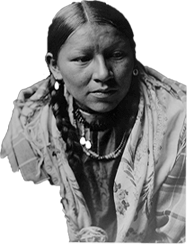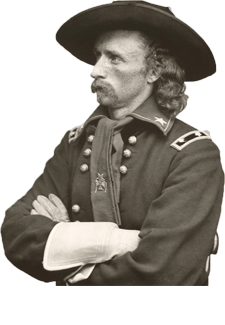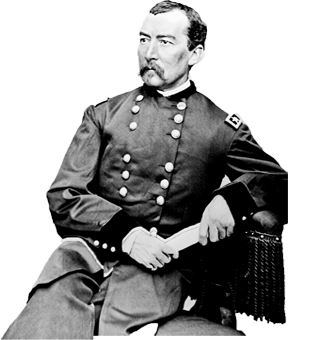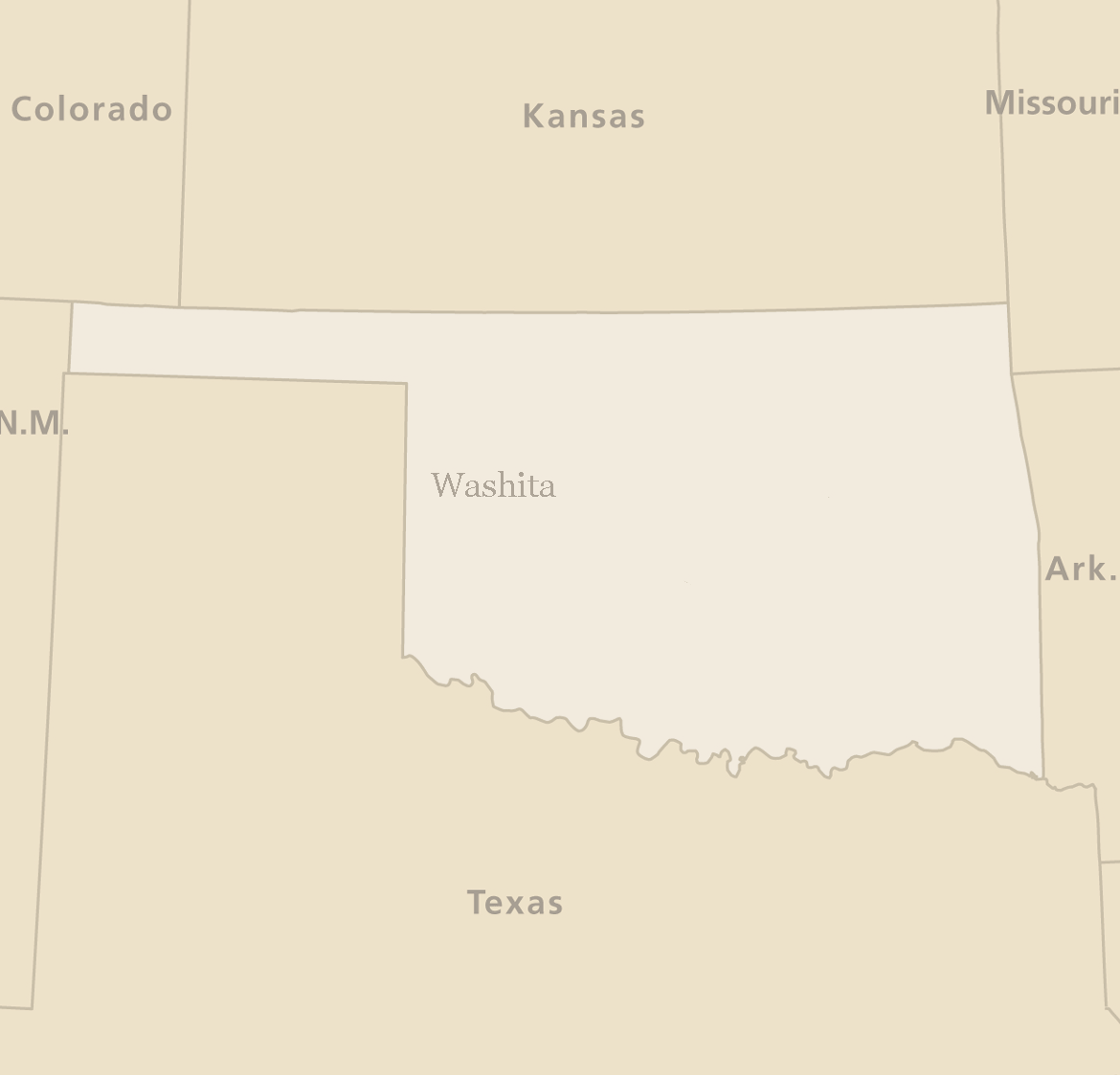Key Historical Figures
Although Washita is not very well-known in popular history, some of the most famous figures in American History were partially responsible for the tragic outcome. George Armstrong Custer, Philip Sheridan, and William Tecumseh Sherman are all well-known for military battles fought elsewhere, but all played significant roles in Washita. The people who are forgotten or at least little remembered are the victims of the so-called Indian Wars. The Cheyenne tribe had spent hundreds of years on the Great Plains before settlers moved in. Black Kettle might be the most famous Cheyenne in history because he was the peace chief who was present during two of the tribe's most tragic moments: Washita and the Sand Creek Massacre.
Below are pictures of figures associated with Washita. Next to each image is a quote that relates to people involved in Washita and should give pause to those who believe Washita was a battle. Analyzing the quotes suggests there were not two armies squaring off.

Cheyennes
"There was no warning; up from our sleep we jump, we did not have time to gather our clothing; just as we got up from our sleep we ran for safety in the best way we knew. I heard very much firing all around us. I did not look to see whom it was that was doing all that firing but we all knew that Long Hair Custer was out hunting the Indians and we knew that he had found us."
-Mrs. B.K. Young Bird, Cheyenne, 1937

Black Kettle
"Black Kettle, the leading proponent and spokesman for peace among his entire tribe, was struck down and silenced forever at Washita, an action that reverberated for years within Cheyenne society while clouding the issue of peace in the near and distant future... The days of freedom were gone forever."
-Jerome Greene, historian

George Custer
"The military viewed Custer's 'glorious victory' as a brilliant success achieved during a fierce battle with Black Kettle's hostile Cheyennes. But the Indian Bureau held a different view and labeled the affair a massacre of innocent Indians. Humanitarians in the East denounced Custer's attack as a 'cold-blooded butchery' of women and children."
-Richard G. Hardorff, Custer historian

Philip Sheridan
"Sheridan initiated a winter campaign against the Cheyennes, the concept had been applied earlier, including by Brigadier General James H. Carleton and Colonel Christopher Carson against the Navahoes in 1863-64 and Colonel Patrick E. Connor against the Northwestern Shoshones in 1863. Dawn attacks on Indian villages had also happened before Washita, all with deadly consequences...The 'dawn attack' scenario, no doubt influenced to some degree by what happened at Washita in 1868 and rationalized as 'battle' partly as a result of that encounter, played out time and again over subsequent years."
-Jerome Greene, historian
